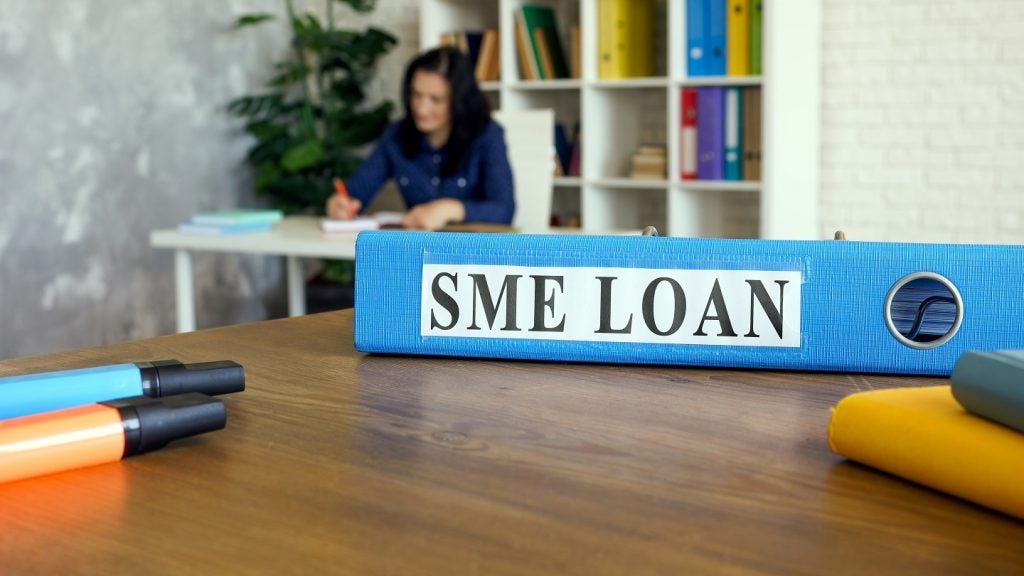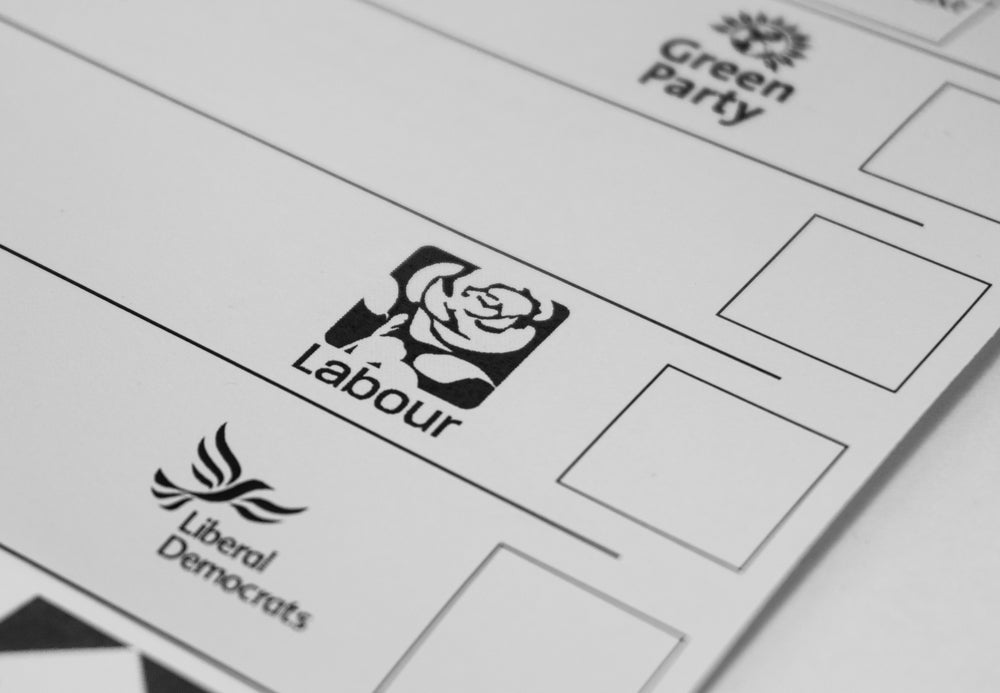
With state support ensuring that relatively few businesses have gone to the wall since the start of the pandemic, leasing companies in the Netherlands hope to persuade more enterprises to diversify their sources of finance in 2021. Paul Golden reports.
Last year began with considerable promise for the Dutch leasing sector with lessors posting €2bn in new business for the first quarter, a record for the first three months of any year.
This came after the sector posted a total of €7.7bn in new business for 2019 and the market looked set for another good year.
However, as the effects of the pandemic began to be felt across the globe, business began to fall back and as result 2020 did not live up to early expectations.
“In the second quarter the market took advantage of the lag time in the decision making of investments in equipment and the closing of leasing contracts, but nevertheless recorded a decline in production of 20%,” observes Peter-Jan Bentein, secretary-general of the Dutch Association of Leasing Companies (De Nederlandse Vereniging van Leasemaatschappijen – NVL). For the first half of last year, the market totalled €3.6bn, exactly the same volume as in the first six months of 2019.
However, third-quarter volume dropped to €1.3bn and with volumes for the final quarter of the year yet to be confirmed the NVL is not sure if the full-year total will reach €6bn.
How well do you really know your competitors?
Access the most comprehensive Company Profiles on the market, powered by GlobalData. Save hours of research. Gain competitive edge.

Thank you!
Your download email will arrive shortly
Not ready to buy yet? Download a free sample
We are confident about the unique quality of our Company Profiles. However, we want you to make the most beneficial decision for your business, so we offer a free sample that you can download by submitting the below form
By GlobalDataGovernment support
Bentein explains that immediately after the first lockdown was imposed the Dutch government and especially the ministry of finance and the ministry of economic affairs decided to deploy a number of supporting measures for companies, such as immediate delay of tax payments and subsidies to cover fixed costs. The banks granted payment holidays for six months with regard to long term loans, which was supported by measures of the European Banking Authority and the ECB.
“The leasing companies followed the same approach to a large extent,” he says. “Payment holidays were granted for three or six months and instalments for the capital part were suspended, while the interest component was still to be paid according to the normal payment scheme.
“Some leasing companies decided to extend the leasing contract, while others kept the same tenor and added the arrears to the leasing instalment once the regular payment would be resumed.”
According to Bentein, lessors were creative in finding generic and specific solutions to help their customers. Leasing companies reinforced their risk departments with specialists in bad debt, although the number of ‘bad’ leases remained relatively low.
“Also we saw that no lessor was considering repossessing assets – which would not have been very wise because those assets were not in demand anyway,” he adds.
As the government injected tens of billions of euro into the economy, companies were mostly capable of continuing to pay their dues or to agree extended payment schemes, evidenced by the number of bankruptcies recorded last year being the lowest on record.
“Of course, we expect that the real economic effects of the pandemic will only become visible once the economy resumes,” says Bentein. “It is clear that companies have been spending working capital to cover essential costs and meet payment obligations. This working capital will be needed to pick up growth, but it is spent and no longer available so companies will rely on bank credits to cover these liquidity needs.”
New trends
The NVL has identified a number of trends that have been accelerated by the unique market conditions:
Vendors and suppliers are taking a bigger part in the distribution of new leases – to be able to sell their product they need to offer a finance solution alongside the product
The online proposition of leases via bank websites (including apps) is limited but growing for simple and standardised leases.
New players are offering sale & leaseback proposals to improve the liquidity position of creditworthy companies in search of cash
Intermediaries in the leasing market are becoming much more professional and playing an essential role in the distribution of leases.
“In the current environment we see that bank-owned leasing companies are tending towards a more standardised approach where financial leases are preferred over operational leases that would require more asset insight and may bring residual risk positions that the bank would rather avoid,” says Bentein. “This approach makes sense, but is not appropriate in all cases.”
In the vendor lease environment, the NVL notes that larger vendors or suppliers who would bring substantial volumes of assets are preferred over smaller vendors, especially those that are offering managed services to their customers. Leasing companies are reluctant to take performance risks, especially in cases where the asset value is relatively limited.
“With regard to the energy transition (for example, solar panel installations) there are some legal constraints such as accession rights of the assets to the benefit of the owner of the building,” he says. “Although it is possible to overcome these issues, the market is not yet considered mature, which means that not every leasing company is entering into this business.”
Bentein accepts that the outlook for the Dutch leasing market in 2021 depends on when and how strongly the economy picks up. However, he says there are a number of reasons why the industry should be optimistic.
“Companies will need to invest, driven by new technology, customer demand and/or sustainability goals,” he says. “When it comes to investing in equipment, leasing is best positioned.”
A second factor is that banks will be looking at balance sheets which for many companies will be strongly affected by the pandemic. Leasing companies also look at balance sheets, but are more interested in turnover and payment capacity to be generated by the new asset.
“Finally, companies – and especially SMEs – have seen that dependency on a single financial partner is not a healthy situation,” he concludes. “For this reason they will look to diversify the sources of finance they use. Leasing will have a place in the financing mix of companies when it comes to investment in equipment.”
The impact of the coronavirus crisis on corporate investment in the Netherlands has been significant with the market decline particularly visible from the third quarter onwards as investment in business assets (especially large investments) were postponed, says Catherine Meyers, general manager DLL Benelux.
“The Dutch government requested employees to work from home as much as possible and immediately after this request, almost all our employees switched completely to remote working,” she says. “Customers who found themselves in financial distress due to the pandemic were helped with a temporary postponement of payment and possible restructuring of their lease contract.”
Aside from coronavirus, Meyers says the industry needs to respond to changing customer needs transitioning from asset ownership to asset usage. “Payment models should be more usage-based. Although this is a global trend, the level of need differs from sector to sector,” she adds.
In terms of specific sectors of the market that are particularly strong or weak, Meyers notes that the agricultural, technology and healthcare sectors in the Netherlands have been less negatively impacted by the pandemic than the office equipment and fitness sectors, while investments in passenger transport have been postponed or cancelled.
“Many companies are postponing investments, but we are expecting a recovery during 2021,” she says. “The leasing sector is reasonably positive about this year compared to the second half of 2020 and as soon as the economy starts to recover, growth is also expected for the leasing industry. Based on experiences from previous crisis years, we might expect new investments being financed to secure or build a buffer.”
“Additionally, we see that companies now increasingly want to invest in technology to be fully prepared for when the market picks up again. If they do not invest now, it can negatively impact their future business.”
Niek van Wieringen, head of industry finance at SGEF Netherlands observes that over recent years growth has been observed in almost all segments and origination channels; banking channel, vendor origination, intermediaries and captive leasing companies.
He accepts that leasing companies are awaiting insight into the financial health of their clients once the moratoriums and governmental support come to an end.
“Our experience is positive since payments have been reinstated after the first lockdown in March and a very limited number of issues were identified after activating these payment batches,” says van Wieringen.
At the start of the coronavirus crisis, SGEF worldwide launched its ‘stronger together’ programme, which has been extended until March 2021. This programme aims to support international and local vendors, dealers, partners and end customers with flexible financing to encourage additional equipment sales.
More than €1bn of new investment is available to support the sales and investment plans of customers and partners looking to invest in the equipment they need to stimulate the restart of their business. The programme includes flexible payments with lower monthly payments for the first three to six months.
According to van Wieringen, more suppliers and manufacturers are interested in launching a vendor lease model supported by companies like SGEF.
“The growth in this segment is strong compared to the banking channel and we have noticed increased interest from manufacturers as well as from end-users in a ‘as a service’ solution,” he says. “We have also been observing a trend that utilisation rather than ownership of an asset is of interest, preferably including services such as insurance, maintenance, end of lease options (for example, extension scenarios) and the integration of consumables.”
“In this trend, SGEF is establishing a partnership with the manufacturer which contains transparent agreements where performance risks of the offered solution remain with the manufacturer and SGEF is taking the credit risk/debtors risk in the transaction,” he adds.
In the segments his company is active in, the agricultural area appears to have been largely unaffected by the pandemic. The offset printing sector was already challenged given over-capacity and digitisation, while within the construction sector topics such as CO2 emissions still have a negative impact on growth.
“When it comes to the transport sector it strongly depends on the type of end customer business as to whether clients are more or less impacted,” says van Wieringen. “In the technology sector business remains quite stable and as referenced above there is a growing interest from manufacturers in vendor finance programmes.”
Investment appetite
When asked for his outlook for the Dutch leasing market in 2021, he notes that leasing in the Netherlands is becoming more popular at the expense of traditional forms of finance.
“The market appreciates the advantages of asset finance, which is confirmed by the increasing numbers,” says van Wieringen.
“This will be a challenging year, but our contacts in the domestic market show there is investment appetite, albeit that it will depend on how quickly the economy recovers after the pandemic.”
The avalanche of postponement applications was well processed by predominantly mature Dutch players says Stef Klijn, managing director, equipment & logistics solutions, Benelux at BNP Paribas, adding that more attention had to be paid to contracts with integrated elements such as insurance, services and residual values.
“It goes without saying this exercise was complex and time-consuming and required a lot of expertise and commitment of our staff,” he says. “During the second wave, most companies were no longer taken by surprise and continued to closely monitor their liquidity position. In some cases, customisation was still necessary but the number of new moratoriums has been relatively limited.”
While new business volumes for 2020 will show a decrease compared to 2019, Klijn suggests it is notable that leasing companies affiliated with a manufacturer still score remarkably well.
“It seems that manufacturers – via captive or vendor financing programmes – continue to support the sale and therefore the production of their assets through their leasing activities,” he says. “New production generated via bank branches on the other hand has seemed to suffer.”
Looking ahead, Klijn reckons lease activity normally generated via bank branches might come under pressure this year as banks may have alternative interest-driven products available. “Also, cash-rich clients may prefer to buy instead of having to pay interest over their current account,” he adds. “We foresee modest growth in the range of 5-10% compared to 2020.”
Ranked 19th in the world
According to the White Clarke Global Leasing Report 2020, which ranks countries by leasing volume, The Netherlands was ranked 19th (compared to neighbours Germany 4th, Belgium 21st and the UK 2nd).
Citing figures for 2018, White Clarke Group reported that the total new leasing business in The Netherlands was US$8.71bn (with growth up 19.67% on the previous year). White Clarke sourced its figures from Leaseurope.
Source: White Clarke Global Leasing Report 2020







